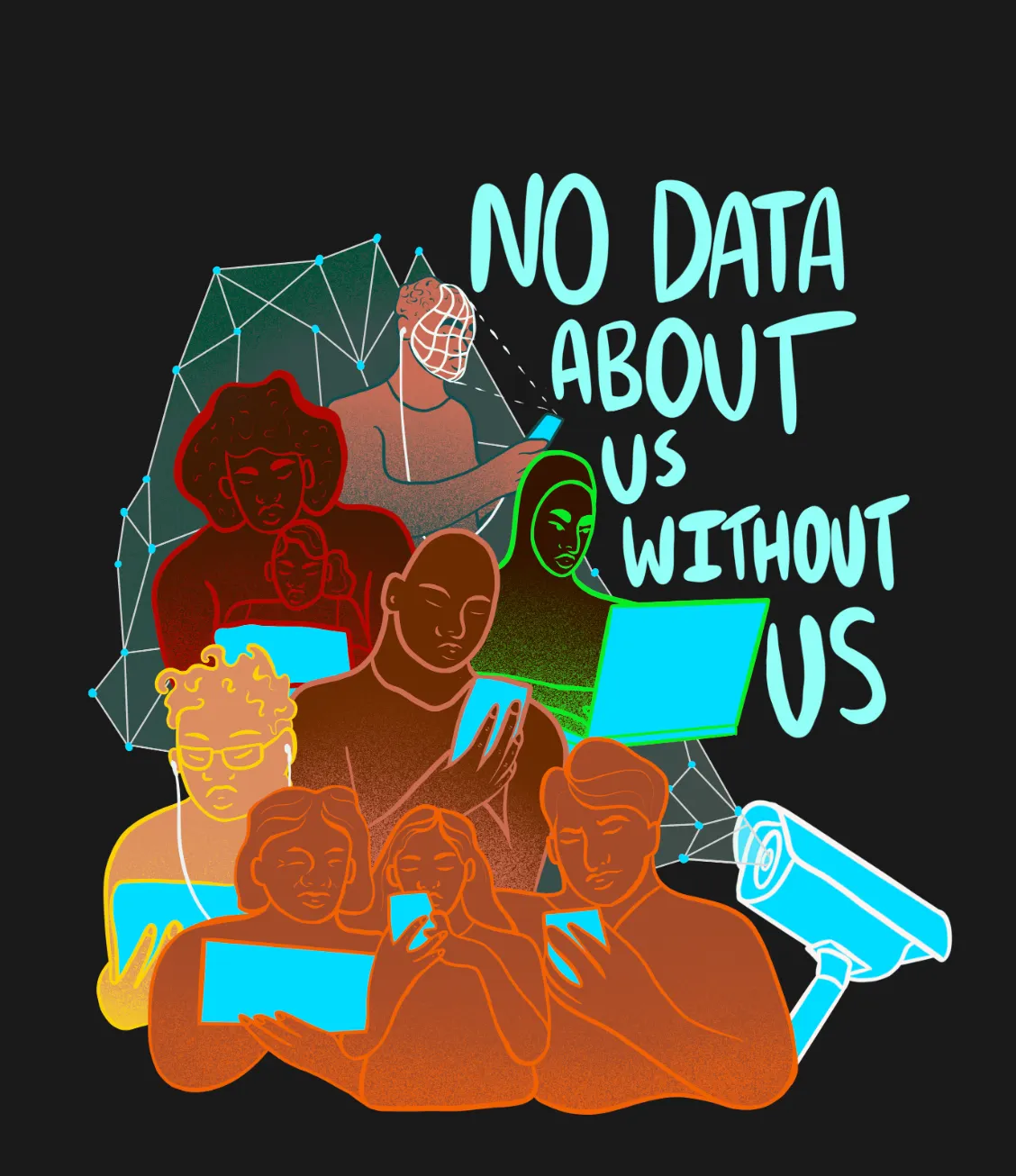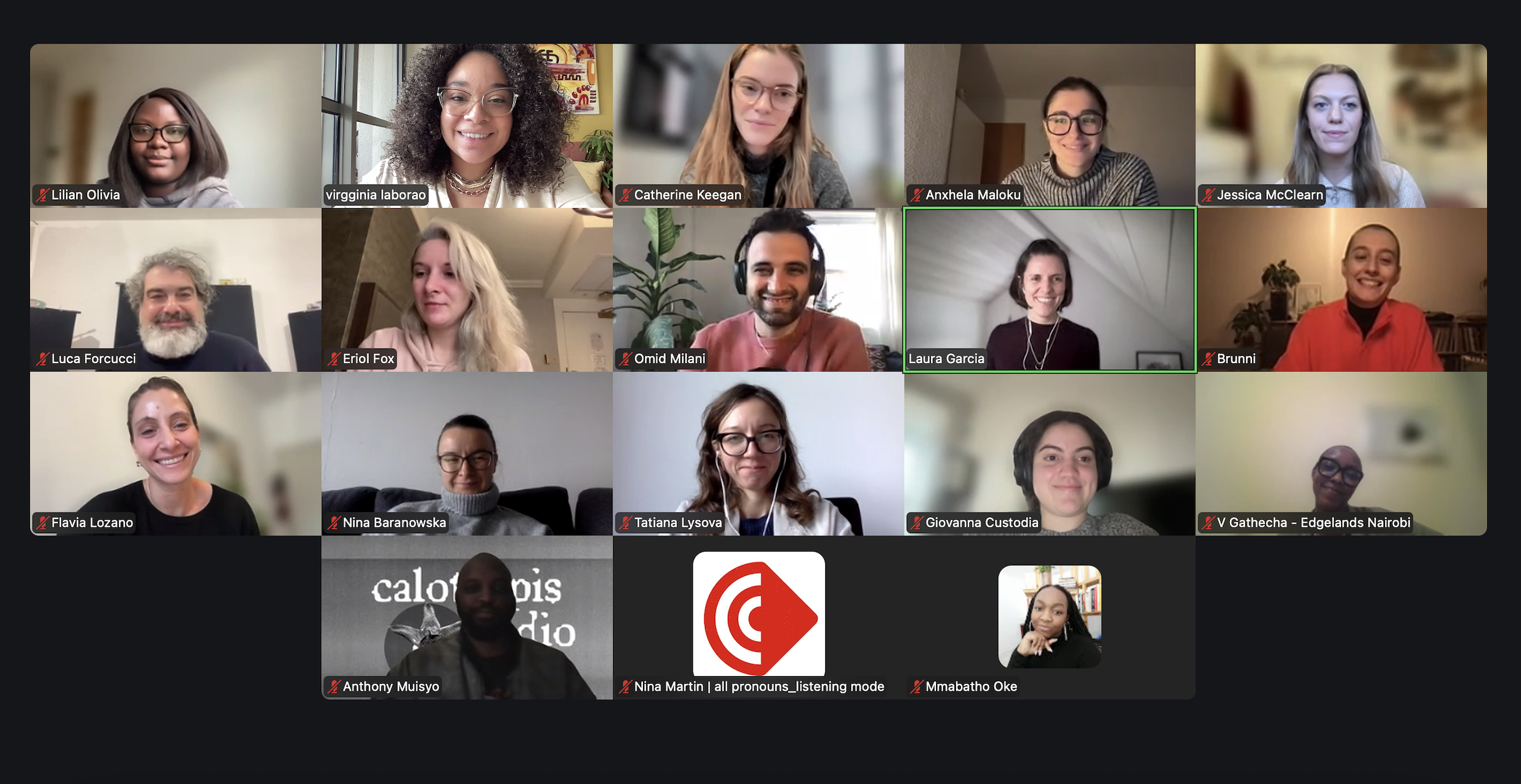What Does the Smart City Mean for Urban Governance?
As digital technology increases in urban contexts, a new concept of “smart city” is born. In this blog post, Adriana Lasso-Harrier explores the meanings of this contemporary urban experience and its consequences on governance.

Photo by Hugh Han for UNSPLASH
Last autumn, city officials in San Diego found themselves in an embarrassing conundrum. In response to mounting criticism and accusations of surveillance from activist groups and members of City Council, Mayor Kevin Faulconer ordered the removal of sensors attached to city streetlights which were meant to enhance traffic planning but were also recording the movements – and faces—of San Diegans. But when officials tried to shut the sensors off, they found they couldn’t do so without also shutting down the streetlight power grid. Only Ubicquia, the private company who had built these smart streetlight sensors, had the power to write code that would turn them off.
The case of San Diego’s smart streetlights perfectly illustrates the messy relationship triangle that city governments, citizens, and tech companies have increasingly become entangled in. As digital technology becomes more powerful, city leaders (and the companies who design and market these products) have grown aware of its capability for augmenting sustainability, increasing efficiency, and promoting collaboration within cities. Moreover, this case exemplifies the jumbled power dynamics that often appear when city governments partner with private companies, or even outsource public sector responsibilities to the private sector. The question arises: what does the smart city mean for urban governance?
In his 2015 book Smart Cities: A Spatialised Intelligence, Antoine Picon offers a dualistic power model for the smart city. Smart cities may be either neocybernetic or collaborative— and sometimes, they can be both. The neocybernetic city model builds off of cybernetics, a concept that describes the capacity for intelligent systems to self-direct themselves towards a goal, as well as early cybernetic theory that envisaged the “brain as a machine with discrete states, very close to a computer.” Cybernetics is also linked to the concept of cyborgs—half-human, half-machine entities that often play the role of the unfeeling servant of an authoritative government in science fiction films and books. The neocybernetic city, then, is something of a cyborg itself: half human (city government) and half machine (digital technology) that allows the city to function as smoothly and efficiently as an enormous organism, patiently course-correcting, predicting problems, and moving towards a pre-defined goal. Since government and technology work together, as two halves of the same whole, technology used in the neocybernetic city would by definition be wielded authoritatively, with the government using tech on or for its citizens.
In sharp contrast to the neocybernetic city, the collaborative city is a techno-democratic utopia. Picon defines this smart city model as a “a city based on the spontaneity of individuals and their capacity to cooperate through digital platforms that are as open as possible,” placing emphasis on community control of digital technology. To be clear, the use of digital technology to achieve goals of efficiency, opportunity, and sustainability still exists in the collaborative city model, but here citizens are sharing and enforcing that power, rather than being the subjects of it as in the neocybernetic city. Importantly, the collaborative city can thus serve as a framework for community accountability, particularly of elected officials and other people with historically outsized access to power.
It is easy to imagine the role of surveillance in the neocybernetic city: the cyborg government wielding its powerful digital tools to monitor its citizens and enforce its rules. It is also equally easy to be convinced that surveillance has no role in the collaborative city, and that all technological decisions are made independently, by private citizens. But are these optimistic assumptions actually true? Wouldn’t this be a tech company or government’s dream: individuals freely (and constantly) using their tools to do the bulk of their work for them? Private companies are generally not altruistic for the sake of it. In fact, one could argue that this is already the model in place between tech companies and their users: most people living and working in highly digital societies such as the US cannot opt out of using the technology in question. Companies such as Clearview AI and Pimeyes, which sell surveillance products to law enforcement agencies and even to private citizens, are using a relatively young technology that has grown up alongside our social networks. We didn’t realize it then, but the countless hours that we spent on social media, uploading photos and tagging our friends generated a database of millions of faces, and helped launch and perfect predictive facial recognition algorithms. Out of this database that social media users largely created themselves through untold hours of unpaid labor have come companies that are specifically built to surveil.
Worse still, doesn’t the power model of the collaborative city mandate that members use these tools to surveil one another, masking co-surveillance efforts under the guise of collaboration? Since, in theory, the collaborative city distributes power equally to all, the one authority figure would be the public en masse. Similarities to Foucauldian panopticism are not hard to see here, a connection that Picon makes himself. This potentially panoptic model of authority is one of the elements of the collaborative city that is most troubling to me. In fact, neither power model feels particularly better than the other. Where the neocybernetic model is totalitarian, the collaborative model tips into paranoia.
Even still, the collaborative city is the smart city model that is the most welcoming to multi-faceted and diverse coalitions who share power and request accountability from one another. Although the San Diego smart streetlights case shows how government zeal to partner with private companies can leave the public sector helpless, it can also be understood as an example of a neocybernetic government listening to and responding to its collaborative constituents. In his writing on the two smart city models, Picon pushes readers to not regard the two city types as separate but instead as having the capacity for cooperation.This suggests that the neocybernetic government can create and maintain ambitious networks or policies that then remain open to members of the collaborative city to use, critique, change, or even veto.
An equitable distribution of power and access to the city is one that urban planners and policymakers have a responsibility to pursue. And, while we figure out the big questions of appropriate power dynamics between citizens, companies, and government, there are still steps that must be taken to ensure safety and freedom. City-wide privacy policies and legislation that specifically targets unnecessary surveillance or outlines the role of the private sector is therefore essential. An example of this can be seen in Boston, where city leaders recently released a proposed ordinance on surveillance and information sharing. The Ordinance on Surveillance Oversight and Information Sharing would require officials to disclose the types of surveillance technology used by the City, how the technology is used, and how the information it collects is obtained and shared. If policymakers want to responsibly build smart cities, targeted policies such as these are important first steps. In the end, I believe it’s less a question of which power model is a fit, and rather how power can be distributed among interest groups equitably. Would this be a mixing of the neocybernetic and collaborative models, or something else entirely?
Works cited:
Ricardo Arroyo, Kim Janey, and Michelle Wu, “Ordinance on Surveillance Oversight and Information Sharing,” Pub. L. No. 16–63, 19 (2020) https://www.boston.gov/sites/default/files/file/2021/03/Docket%20%230397.pdf
Jesse Marx, “San Diego Can’t Actually Turn Its Smart Streetlights Off,” Voice of San Diego, November 2, 2020, https://www.voiceofsandiego.org/topics/public-safety/san-diego-cant-actually-turn-its-smart-streetlights-off/
Paul Pangaro, What Is Cybernetics?, 2012, https://vimeo.com/41776276
Antoine Picon, Smart Cities : A Spatialised Intelligence, AD Primers (Chichester, West Sussex: Wiley, 2015), http://ezp-prod1.hul.harvard.edu/login?url=http://search.ebscohost.com/login.aspx?direct=true&db=nlebk&AN=1083552&site=ehost-live&scope=site
Antoine Picon, “Urban Infrastructure, Imagination and Politics: From the Networked Metropolis to the Smart City,” International Journal of Urban and Regional Research 42, no. 2 (2018): 263–75, https://doi.org/10.1111/1468-2427.12527



